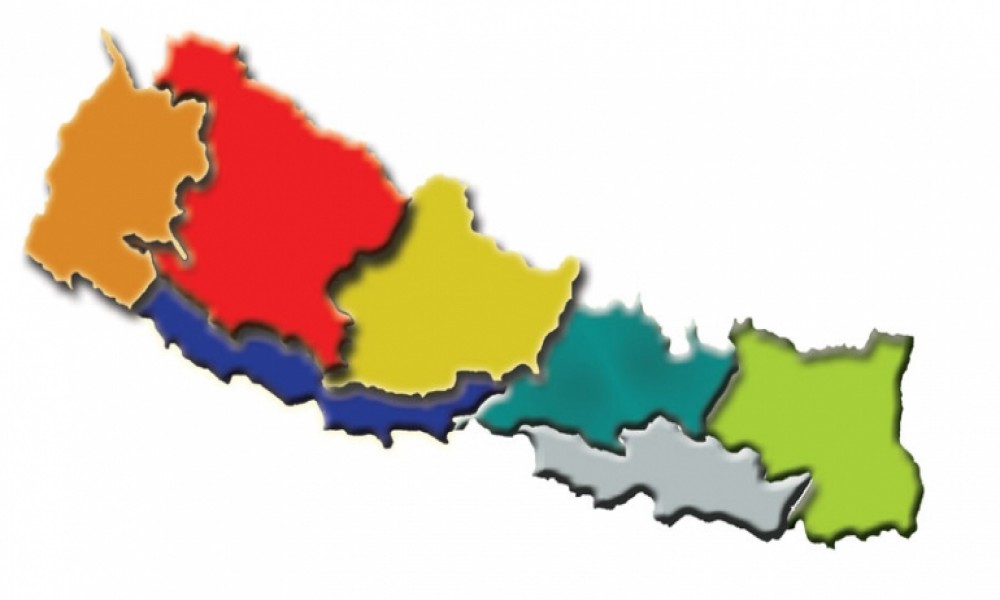Gambhir Bahadur
Commentary
The dream that the Nepalis had about writing a constitution on their own was anything but new. It dates back to the pre-Panchayat era. With the fall of the Rana oligarchy in 1950, Nepal's first elected Prime Minister BP Koirala wanted an Constituent Assembly election to write people's constitution. But that dream was nipped in its bud when King Mahendra dismissed his government and imposed the party-less Panchayat system.
But the Nepalis did not give up on their dream. When the Maoists waged a war against the 1990 constitution and demanded a Constituent Assembly (CA) to write people's constitution, the long-sidelined dream was renewed all over again. Nearly a decade after the Maoists ended their war and after two CA elections, Nepal is finally on the cusp of promulgating a new constitution.
On 20 September, President Ram Baran Yadav will promulgate the new constitution amid a special event inside the CA hall.
But has the Nepalis' dream of writing a constitution on their own come true? Have they got what they wanted? Will it result in peace, prosperity and stability? The answer is anything but no.
On 20 September, President Ram Baran Yadav will promulgate the new constitution amid a special event inside the CA hall. But has the Nepalis' dream of writing a constitution on their own come true? Have they got what they wanted? Will it result in peace, prosperity and stability? The answer is anything but no.
Before discussing why the Nepalis have not been able to realize their dream, it is imperative to understand why a new constitution is needed to be written by a people's assembly in the first place? Nepal has had about half a dozen constitutions in the post-Rana era. But not a single constitution has been written by the people. All the past constitutions were thrust upon people by the Royal palace and its puppet government. So none of the past constitutions was able to fulfill political aspirations of diverse ethnic groups.
If anyone in Nepal is desperate for a new constitution, it is the marginalized communities – Adivasai Janajatis, Dalits, Madhesi, Muslims, women and other backward and minority groups. The dominant castes, precisely Bahun and Chhetris, were never excited about a new constitution because they were beneficiaries of the past constitutions. All the past constitutions promoted and institutionalized their religions, cultures and language, thereby enabling them to rule the country at the cost of systematically marginalizing a majority of population.
The traditionally marginalized communities wanted a Constituent Assembly to write an inclusive and progressive constitution. But the constitution is not as progressive and inclusive as they expected, and as they deserved. This is why the CA has failed to write a people's constitution in true sense.
The new constitution has been written in a way that it will not enable the excluded communities to be as much part of the state as the dominant Bahun and Chhetris.
The new constitution has been written in a way that it will not enable the excluded communities to be as much part of the state as the dominant Bahun and Chhetris. For instance, a province in the western plains stretching from Nawalparasi to Bardiya is supposedly created for the indigenous Tharus.
But the Tharus will not benefit from this province as Kailai and Kanchannpur where they have a significant population have been forcibly linked with the far-west province. And some hill districts predominated by Bahuns and Chhetris have been linked with this supposedly Tharuhat province so that the Tharus will not be able to elect their true representatives to the future parliaments and governments.
The Tharus protested federal demarcation but were suppressed by deploying the army. Such is the case in the Madhes. The government will not hesitate to deploy the army against Adivasi Janajatis in the eastern Nepal, too. The Nepalis should have welcomed the new constitution by lighting lamps across the country, but those who lost their dear ones in police firing in the Tarai are still weeping in deep pain. In the east, a joint struggle committee of Limubwan parties has announced an indefinite general strike right from the day the new constitution is promulgated. The Madhes is already tense, and it will be only a matter of time before violence further escalates there.
The Nepalis should have welcomed the new constitution by lighting lamps across the country, but those who lost their dear ones in police firing in the Tarai are still weeping in deep pain.
This is why the Nepalis have yet not realized the dream of writing their own constitution.
This is why the Adivasi Janajati, Dalits, Madhesi, Tharus, Muslims and women will still be left out.
This is why further struggle is still needed to ensure that the new constitution gives the marginalized people what they rightly deserve.
Agreed, the CA has endorsed the new constitution by two-thirds majority. Using two-thirds majority to endorse an important document like constitution could well be a democratic practice. But it is a constitution and it should be passed with every one's consensus. How can a constitution that has left out a huge population be promulgated?









